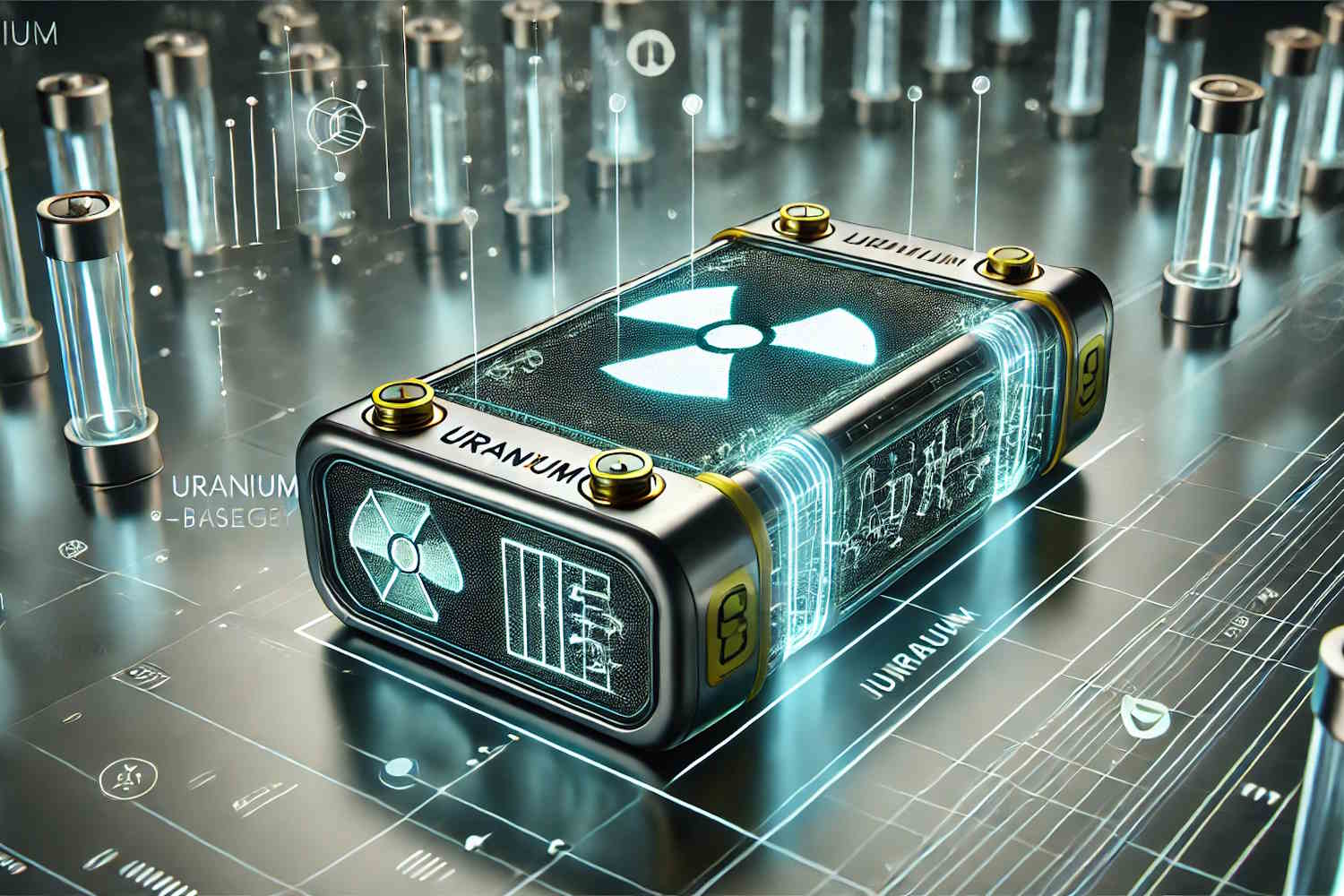Japanese researchers create world's first rechargeable battery powered by depleted uranium, an innovation set to revolutionize the energy sector

The Japan Atomic Energy Agency (JAEA) has announced a groundbreaking advancement in energy storage: a rechargeable battery that uses depleted uranium. Developed by the Nuclear Science Research Institute, a division of JAEA, the working prototype showcases stable charging and discharging performance using uranium as the active material — a potential game-changer for both nuclear waste reuse and sustainable energy production.
According to the World Nuclear Association, there are currently about 1.76 million U.S. tons (1.6 million metric tons) of depleted uranium worldwide — a figure that increases annually due to nuclear plant operations. This new battery could turn this problematic waste into a valuable energy resource.
Depleted uranium instead of lithium

©Japan Atomic Energy Agency
Traditional batteries rely on materials like lithium or lead to facilitate electron flow and generate energy. However, the Japanese team took a different approach, focusing on depleted uranium (DU) due to its unique chemical properties. The uranium used in the prototype mimics that of DU — a byproduct of enriching natural uranium for nuclear fuel production.
Previously viewed as a radioactive waste with limited applications, DU might now become a strategic material for large-scale energy storage. If widely adopted, it could significantly shift how we think about both batteries and nuclear waste.
The prototype battery includes a positive electrode made of iron and a negative electrode made of uranium, submerged in custom electrolytes. Roughly 4 inches wide and 2 inches tall, the device underwent ten consecutive charge-discharge cycles without any major performance degradation.
This operational stability is crucial in assessing the device’s lifespan and safety. Scientists believe this new technology could be used to store energy from renewable sources, helping to advance the clean energy transition.
If successfully scaled and commercialized, the battery could also provide a practical solution to the massive stockpiles of depleted uranium in Japan and around the world.
Future developments on the horizon
The team isn’t stopping at the prototype. Their next goal is to enhance the battery’s capacity and efficiency by creating flow cells, which circulate electrolytes via pumps. This design is expected to optimize energy transfer and increase storage potential.
Engineers are already developing high-capacity electrodes and an electrolyte circulation system, key components for any real-world application. However, due to uranium’s natural radioactivity, these batteries will initially be confined to controlled environments, such as nuclear facilities or specialized industrial settings.
The project has drawn considerable attention. In a world where demand for rechargeable batteries is soaring — alongside the buildup of nuclear waste — this innovation represents a dual breakthrough: offering an alternative energy storage solution while reducing the environmental impact of nuclear byproducts.
Researchers at JAEA remain optimistic, pressing forward with the conviction that they are contributing to a potential energy revolution.
Source: Japan Atomic Energy Agency
